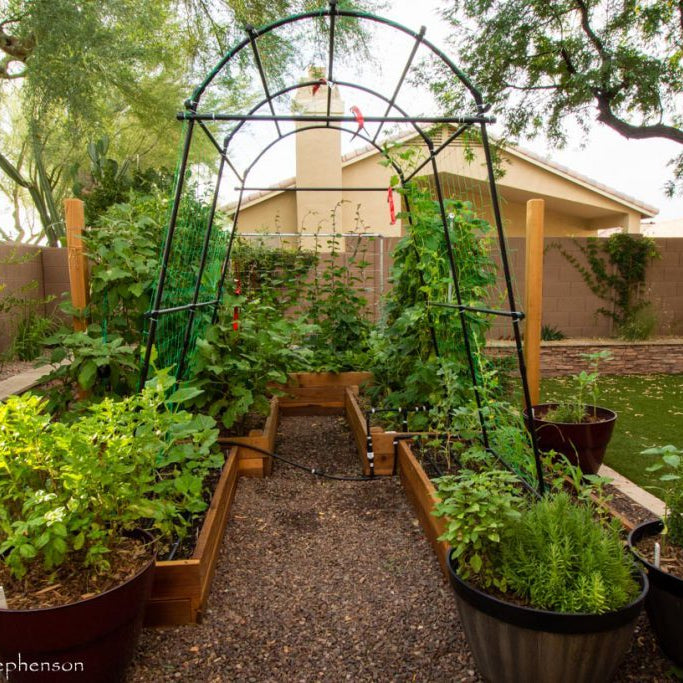
Available 24/7
Available 24/7

Brinjals, also known as eggplants 🍆, are a staple in many kitchens around the world, adding a unique flavor and texture to countless dishes.
From curries to grilling, the deep purple vegetable is incredibly versatile. If you’ve ever tasted a fresh, homegrown brinjal, you know the difference in flavor. 🌱
Whether you call it brinjal or eggplant, growing this vegetable organically at home is an enriching experience that offers plenty of benefits.
From better taste to more control over pesticides, growing your own brinjals ensures a healthy and flavorful harvest. In this ultimate guide, we will share everything you need to know to grow your very own organic brinjals. 🌿🍆
There’s something incredibly satisfying about growing your own food. 🌾 Not only do you get to enjoy fresh, organic produce, but you also contribute to reducing your carbon footprint and living sustainably.
Brinjals, with their rich purple color and versatility in dishes, are perfect for any home garden or backyard. By growing brinjals organically, you ensure that they are free from harmful pesticides, making them a healthy addition to your meals. 🌱🍴
Brinjals are a tropical plant, typically grown during the warmer months. They thrive in temperatures between 23°C and 30°C, making them perfect for warm climates. 🌞
They are excellent for container gardening as well, so whether you have a spacious backyard or a small balcony, you can grow brinjals without a problem. 🏡
Not only do brinjals add flavor and texture to your dishes, but they also come packed with health benefits. 🌿
Here are some of the incredible health benefits of incorporating brinjals into your diet:
As you can see, brinjals are not just delicious, but they also pack a punch when it comes to your health! By growing your own organic brinjals, you can enjoy these benefits without worrying about harmful pesticides. 🌿💚
Growing brinjals at home is a rewarding process. With the right knowledge and care, you can harvest healthy and flavorful brinjals right from your backyard. 🏡 Let’s take a closer look at how to grow organic brinjals, step by step.
The first step to growing brinjals is choosing the right variety. There are different types of brinjals available, ranging from long purple varieties to round, white, and even striped eggplants.
Select a variety based on your climate and taste preferences. 🌱 Some popular varieties include the 'Black Beauty' eggplant and the 'Japanese' eggplant. Choose a variety that grows well in your region and is suitable for your space. 🌞
Brinjals love full sun, so make sure to plant them in a location where they’ll receive at least 6-8 hours of direct sunlight per day. 🌞
Whether you’re planting them in the ground, raised beds, or containers, ensure that the spot you choose is well-drained and has loose, fertile soil. 🌱 Brinjal plants are sensitive to frost, so wait until all danger of frost has passed before planting. 🏡
Brinjals thrive in fertile, well-drained soil. 🏡 Prepare the soil by adding compost or organic manure to enrich it with nutrients. The soil should be rich in organic matter to ensure that the brinjal plants get the necessary nutrition for healthy growth. 🧑🌾 The ideal pH level for brinjal plants is between 5.8 and 6.5, so check the soil pH before planting and adjust if necessary. 🌾
Brinjal seeds are typically started indoors 8-9 weeks before the last frost date. 🌱 Plant seeds in seed trays or pots and keep them in a warm, sunny spot until they sprout.
Once the seedlings have grown to 3-4 inches, transplant them into the garden or containers, spacing the plants 2-3 feet apart to give them plenty of room to grow. 🌿
Brinjals require consistent watering to ensure proper growth. 💧 Water them deeply and regularly, making sure the soil remains moist but not waterlogged. 🌾
Brinjals prefer evenly moist soil, so try to keep the soil consistently moist throughout the growing season, especially during the fruiting phase. Use a soaker hose or drip irrigation system to water at the base of the plant and avoid getting the leaves wet. 🌿
Brinjals are heavy feeders, so they require regular fertilization to thrive. 🌿 Add a balanced organic fertilizer or compost every 3-4 weeks during the growing season to provide the necessary nutrients.
You can also add a small amount of nitrogen fertilizer to promote healthy leaf growth. 🧑🌾 Make sure to follow the manufacturer’s instructions for the right dosage and frequency.
Too much fertilizer can cause the plant to grow too quickly, resulting in weak stems and poor fruit production. 🌱
As brinjal plants grow, they may need support to keep the branches upright. 🍆 Use stakes, cages, or trellises to support the plant and prevent it from toppling over once the fruits start to grow.
Prune the plant regularly to remove any dead or damaged leaves, and to encourage air circulation. ✂️ This helps reduce the risk of diseases and pests, ensuring that your brinjal plant remains healthy and strong. 🌿
Brinjals are usually ready for harvest 70-85 days after transplanting. 🍆 The fruit should be firm, shiny, and deep in color. Gently twist or cut the fruit from the plant when it reaches the desired size. Be careful not to damage the plant or the fruits during harvesting. 🌱
If you want to extend the harvest, keep an eye on the plant and pick any overripe fruits as soon as they appear. Removing overripe fruits encourages the plant to produce more fresh fruit. 🍆
While brinjals are relatively easy to grow, they can encounter a few common problems that may hinder their growth. 🌿 Let’s look at some potential issues and how to address them:
Growing brinjals at home is a fulfilling and rewarding experience. 🍆 Not only do you get to enjoy fresh, organic produce, but you also learn valuable gardening skills.
With the right care, attention, and knowledge, you can easily grow healthy brinjals in your backyard or containers. 🌿 Follow these simple steps, and you’ll be able to harvest your own homegrown brinjals in no time! Happy gardening. 🌻🍆
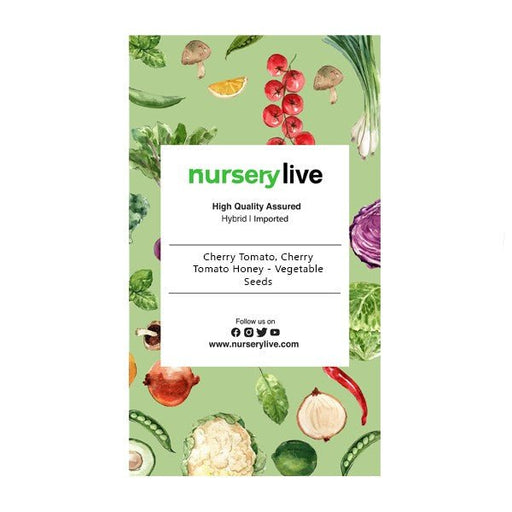
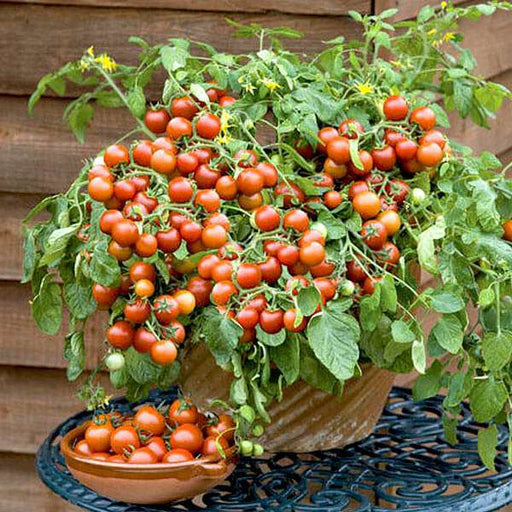 Sold out
Sold out
Cherry Tomato, Cherry Tomato Honey - Vegetable Seeds Discover the delightful world of Cherry Tomato Honey seeds, perfect for home gardener...
View full details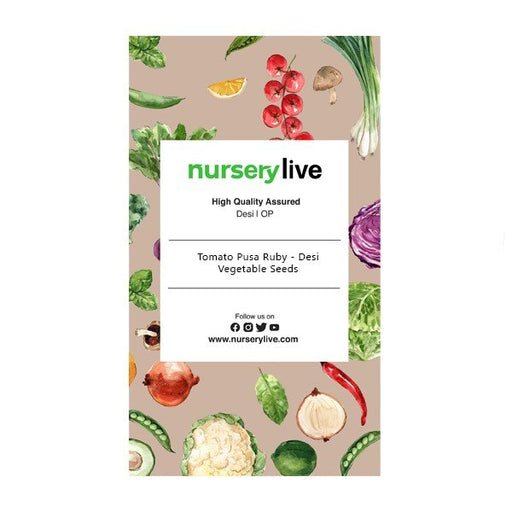
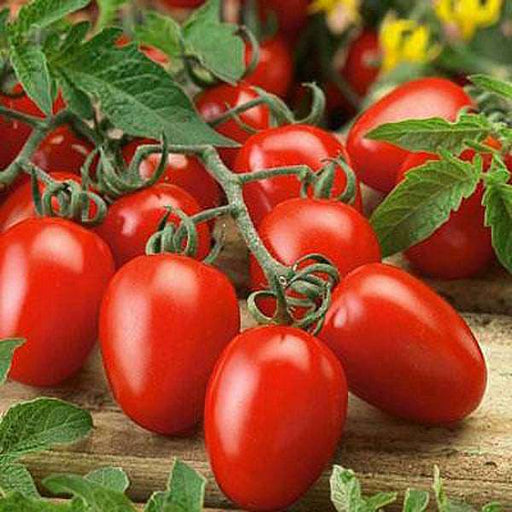 Sold out
Sold out
Tomato Pusa Ruby - Desi Vegetable Seeds The Tomato Pusa Ruby is a premium variety of tomato seeds, renowned for its vibrant red color, jui...
View full details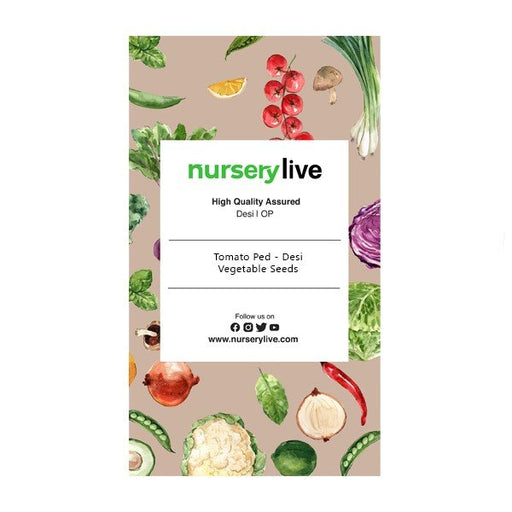
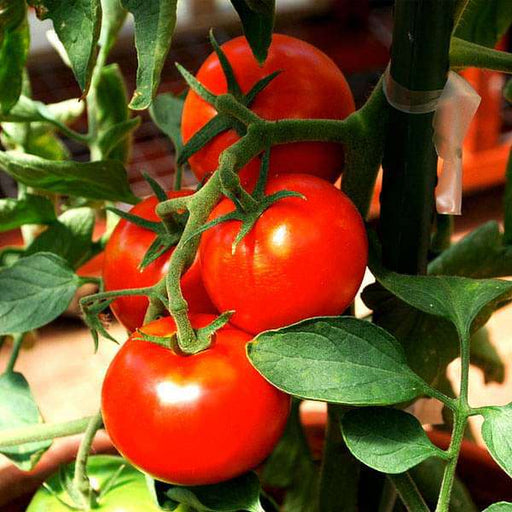 Save 25%
Save 25%
Tomato Ped - Desi Vegetable Seeds Introducing the Tomato Ped - Desi Vegetable Seeds, a premium selection of heirloom tomato seeds that pro...
View full details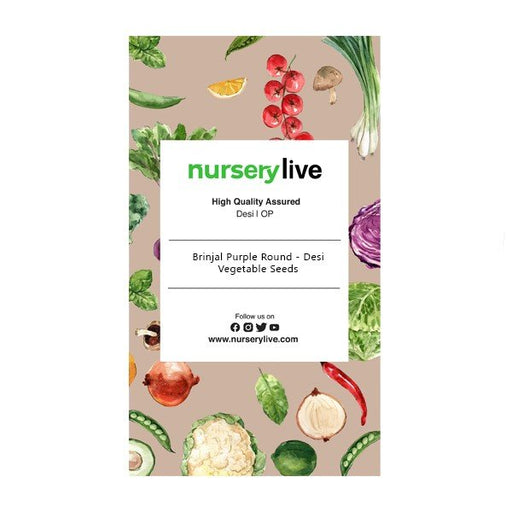
 Save 25%
Save 25%
Brinjal Purple Round - Desi Vegetable Seeds Discover the rich flavors and vibrant colors of Brinjal Purple Round, a staple in Indian cuisi...
View full details
 Save up to 15%
Save up to 15%
Peace Lily, Spathiphyllum - Plant The Peace Lily, scientifically known as Spathiphyllum, is a stunning houseplant celebrated for its elegant white...
View full details
 Save 18%
Save 18%
Combo Constituents Includes the Parijat Tree (Night-Flowering Jasmine), a culturally significant plant with fragrant flowers. Description The Pari...
View full details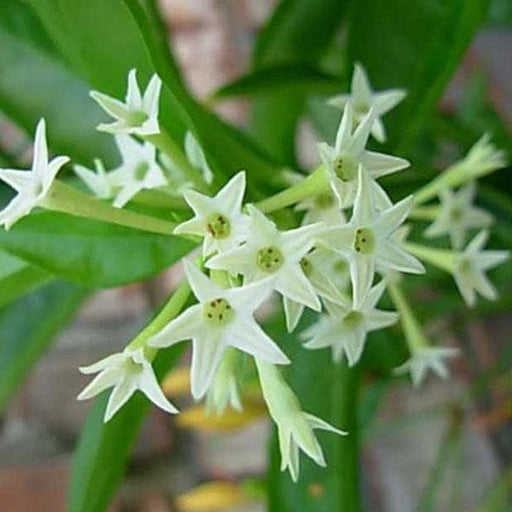
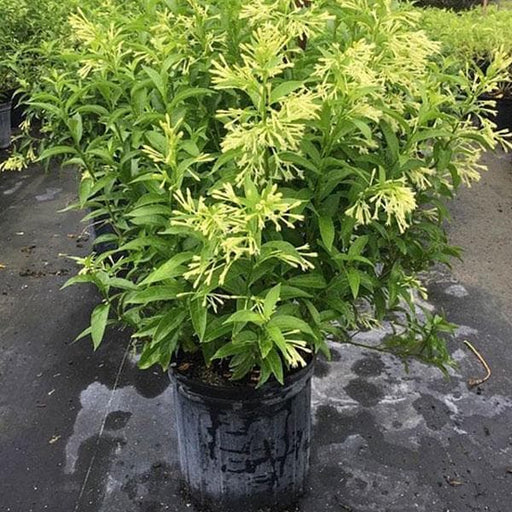 Save 25%
Save 25%
Description Raat Ki Rani (*Cestrum nocturnum*), also known as Night Blooming Jasmine, is a fragrant shrub native to the Caribbean and Central Ameri...
View full details
 Save 25%
Save 25%
Jasminum sambac, Mogra, Arabian Jasmine - Plant Jasminum sambac, commonly known as Mogra or Arabian Jasmine, is a fragrant flowering plant...
View full details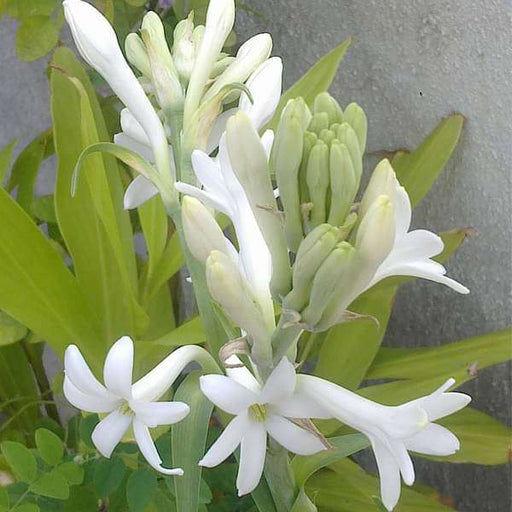
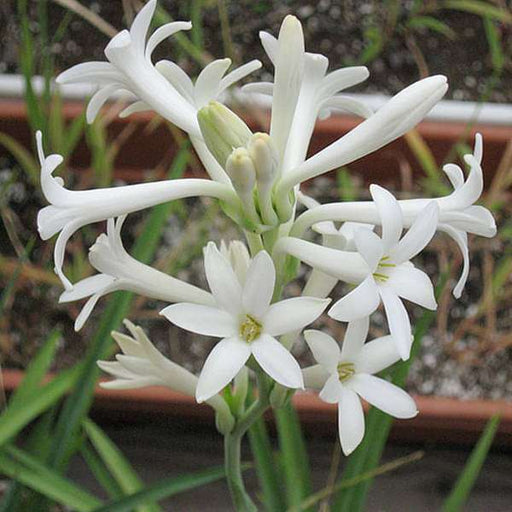 Save 17%
Save 17%
Rajnigandha, Tuberose - Plant The Rajnigandha, scientifically known as Polianthes tuberosa, is a captivating perennial plant renowned for ...
View full details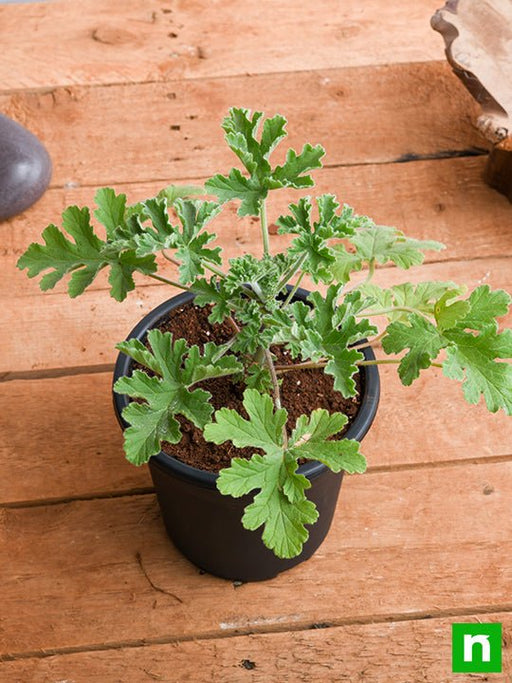
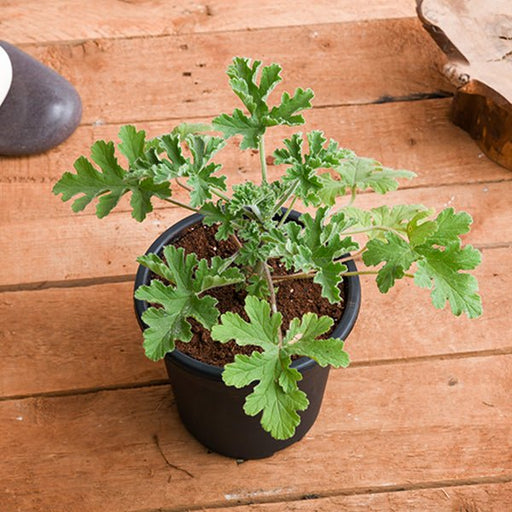 Sold out
Sold out
Citronella, Odomas - Plant The Citronella plant, scientifically known as Cymbopogon nardus, is a tropical grass renowned for its aromatic ...
View full details Save 25%
Save 25%
Damascus Rose, Scented Rose (Any Color) - Plant The Damascus Rose, also known as Rosa damascena, is a timeless symbol of beauty and romanc...
View full details
 Save 35%
Save 35%
Best 6 Plants for Perfect Indoor Garden Transform your living space into a lush oasis with our curated collection of the Best 6 Plants for a...
View full details
 Save up to 50%
Save up to 50%
Mini Succulent Garden Pack Transform your space with our Mini Succulent Garden Pack, featuring a delightful collection of 4 any variety beautiful s...
View full details
 Save 30%
Save 30%
5 Best Fragrant Plants Transform your garden or indoor space into a fragrant paradise with our curated selection of the 5 Best Fragrant Plants. Th...
View full details
 Save 24%
Save 24%
Set of 2 Bonsai Looking Grafted Adeniums Transform your indoor or outdoor space with our exquisite Set of 2 Bonsai Looking Grafted Adenium...
View full details Save 45%
Save 45%
Top 4 Die Hard Succulents Pack Transform your indoor or outdoor space with our Top 4 Die Hard Succulents Pack, featuring a curated selecti...
View full details
 Save 30%
Save 30%
5 Best Indoor Plants Pack Transform your living space into a lush oasis with our '5 Best Indoor Plants Pack.' This carefully curated collection fe...
View full details
 Save 25%
Save 25%
Set of 4 Evergreen Air Purifier Plant Pack Transform your indoor space into a lush, green oasis with our Set of 4 Evergreen Air Purifier Pla...
View full details
Comments
Leave a comment